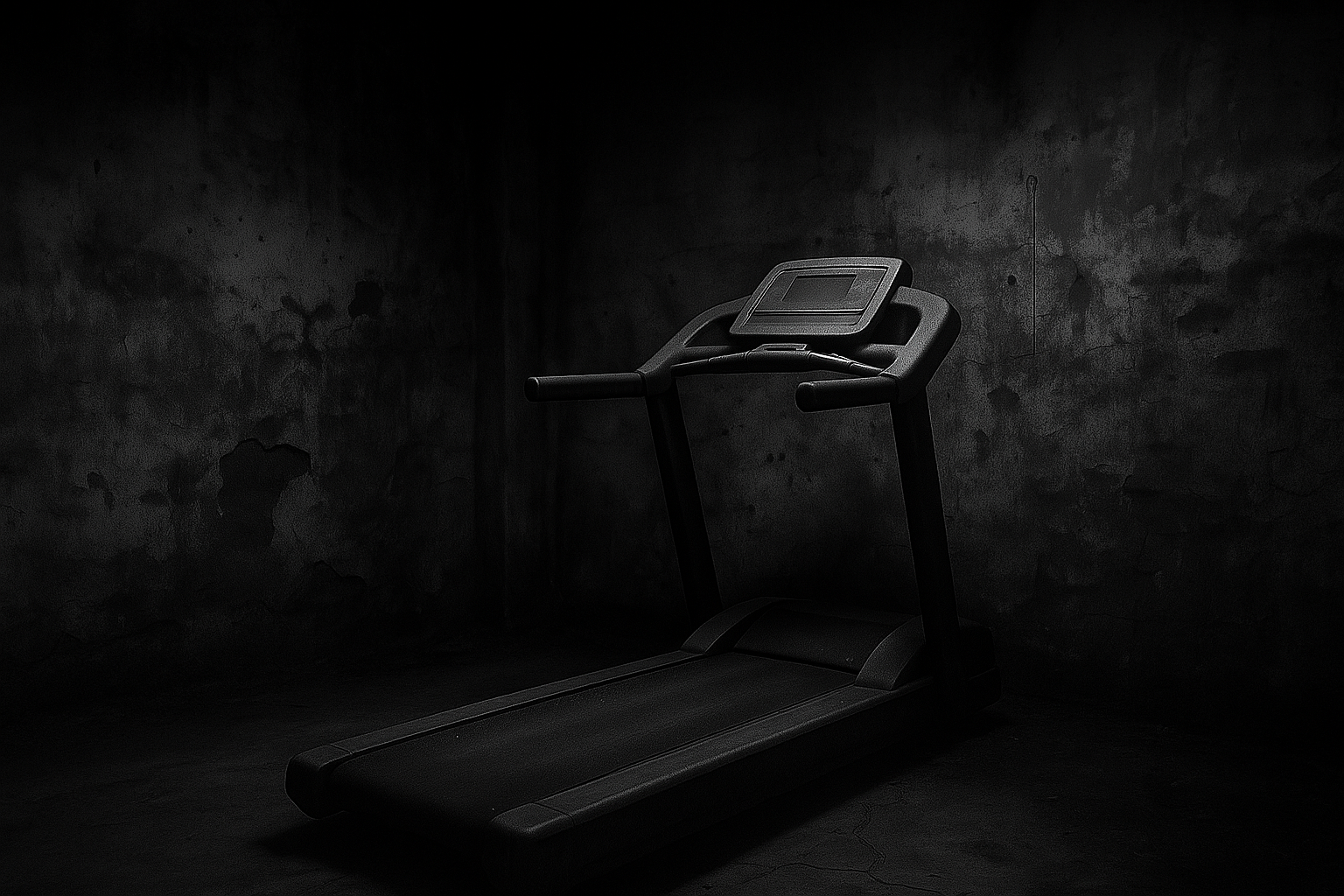
The
FHS&C Treadmill Test
Overview
The FHS&C Treadmill Test is a structured, progressive treadmill protocol designed to measure cardiovascular fitness under load, replicating real-world fireground demands. This test provides an accurate estimation of VO₂max (maximum oxygen consumption capacity)—a key indicator of aerobic endurance and firefighting performance.
Unlike traditional VO₂max assessments, this test incorporates load carriage and incline progression, reflecting the physical challenges faced by firefighters. By completing this test and using the FHS&C Treadmill Test Calculator, participants can quantify their aerobic fitness level and track their progress over time.
Test Instructions
Equipment Needed:
Treadmill capable of adjusting incline
20 lb weight vest
Timer or treadmill time display
FHS&C Treadmill Test Calculator
Test Protocol:
Set the treadmill speed to 4.3 mph and maintain this pace for the entire test.
Wear a 20 lb weight vest to simulate the additional load carried during firefighting operations.
Follow the incline progression below:
Time Interval Incline (%)
0 - 10 min 0%
10 - 15 min 3%
15 - 20 min 6%
20 - 25 min 9%
25 - 30 min 12%
The test is completed if you reach 30 minutes.
If you stop early, record the highest incline level fully completed.
However, if you can keep going after the 30 minutes, continue increasing the Incline (%) every 5 minutes, until you can no longer finish an interval.
Scoring & VO₂max Calculation
Once the test is completed, use the FHS&C Treadmill Test Calculator to determine your VO₂max score.
Required Inputs for Calculation:
✔ Body weight (lbs)
✔ Vest weight (20 lbs)
✔ Highest incline level fully completed
The calculator applies a validated treadmill equation, specifically adjusted for load carriage, to estimate VO₂max (ml/kg/min) and METs (Metabolic Equivalents).
Why This Test Matters
Firefighting is one of the most physically demanding professions in the world, requiring high levels of work capacity, endurance, and cardiovascular efficiency.
A higher VO₂max is associated with:
✅ Better endurance during prolonged fireground operations
✅ Reduced cardiovascular strain under heavy load
✅ Faster recovery and improved resilience
✅ Lower risk of job-related fatigue and injury
By incorporating this test into your training, you can assess and improve your operational fitness, ensuring you are prepared for the physical demands of the job.
Take the Test & Get Your Score
💪 Perform the test following the instructions above.
📊 Enter your results into the FHS&C Treadmill Test Calculator.
🔥 See how your fitness stacks up and track progress over time!
Comparison of Treadmill Tests for Firefighter Fitness
Assessing VO₂max is essential for evaluating a firefighter's ability to perform under extreme physical demands. However, many traditional treadmill protocols have inherent flaws that make them less suitable for firefighters. Below is an analysis of common treadmill tests and why the FHS&C Treadmill Test provides a more accurate assessment.
Limitations of Traditional Treadmill Tests
1. WFI Treadmill Protocol
Accuracy Concerns: Research has found that the WFI treadmill test predicts VO₂max with an 11% error (Petruzzello et al., 2014). It tends to overestimate aerobic capacity in less fit individuals and underestimate it in more fit individuals, leading to a clustering of values around 42 ml/kg/min—a criterion used by some fire departments to assess fitness for duty. This miscalculation can result in firefighters being falsely deemed fit or inappropriately excluded based on an inaccurate VO₂max estimation.
2. Gerkin Protocol
Overprediction of VO₂max: Studies indicate that the Gerkin treadmill protocol overpredicts VO₂max in healthy men and women. Due to this overestimation, it is not reliable for predicting VO₂max in individual firefighters, particularly when VO₂max is used as a criterion for inclusion or exclusion from duty (Dreger et al., 2006).
3. Bruce Protocol
Not Firefighter-Specific: The Bruce Protocol was designed for clinical populations and general athletes, not for firefighters who must perform under heavy load and high-stress conditions.
Over and Underestimation Issues: Research has shown that the Bruce Protocol overestimates VO₂max in highly trained individuals and underestimates it in less fit individuals, making it an unreliable predictor of real-world firefighter performance (Fletcher et al., 2010).
Increased Risk of Exertion-Related Events: The Bruce Protocol involves a steep incline and high-intensity workload in later stages, which increases the risk of exertion-related cardiovascular events, particularly in firefighters unfamiliar with maximal-effort treadmill tests (Fletcher et al., 2010).
Why the FHS&C Treadmill Test Is More Accurate
✅ Firefighter-Specific: Designed to replicate fireground demands, including load carriage and progressive incline.
✅ Validated VO₂max Calculation: Uses an evidence-based treadmill equation, factoring in weight load for a realistic VO₂max estimate.
✅ Lower Risk: Unlike maximal-effort tests, this protocol is structured for safety, minimizing exertion risks while still providing an accurate fitness assessment.
By utilizing the FHS&C Treadmill Test, fire departments can implement a scientifically supported, job-specific fitness assessment to ensure operational readiness and firefighter safety.
Works Cited
Dreger, R. W., Jones, R. L., Petersen, S. R. (2006). Effects of the Gerkin treadmill protocol on estimated VO₂max in firefighters. Applied Physiology, Nutrition, and Metabolism, 31(1), 56-61. ResearchGate
Fletcher, G. F., Ades, P. A., Kligfield, P., et al. (2010). Exercise standards for testing and training: A scientific statement from the American Heart Association. Circulation, 122(18), 191-225. PMC
Petruzzello, S. J., Gapin, J. I., Snook, E. M., Smith, D. L. (2014). Evaluation of a treadmill test for predicting the aerobic capacity of firefighters. Journal of Occupational Medicine and Toxicology, 9(1), 1-8. PubMed
